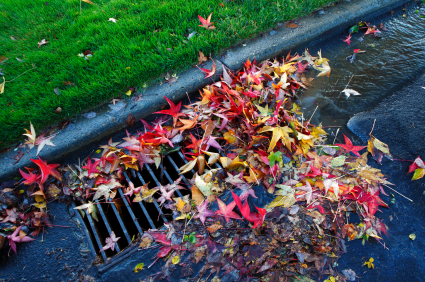
Catch basins are storm water drain inlets that enable excess water to enter the storm water drains and reach treatment plants or water bodies or reservoirs. Catch basins are the first layer of water treatment and catch debris, leaves, and other physical objects that are dislodged and collected by the rain water.
However, accumulation of debris can prevent the easy flow of storm water into the drains and cause pooling of water and water logging near the catch basins. One way to avoid this and the consequent disruption is to conduct preventive maintenance of catch basins.
How often should Catch Basins be Cleaned in Boston
By cleaning catch basins using a vacuum before the storm water drains are blocked you can avoid water logging on premises and roads, prevent the inconvenience and damage associated with this, and also ensure that access to the premises is never blocked because of emergency catch basin cleaning.
Since Boston and the surrounding areas experience freezing winters, you should typically inspect the catch basins after fall. This is because the dead and fallen leaves are bound to have accumulated in the catch basins. You should also inspect and clean the catch basins in the beginning of the spring as the salt used to clear roads for snow will have accumulated in the catch basins and must be removed. It is also nicer weather to do this type of work in the spring rather than the summer.
However, you should also inspect and clean catch basins that are clogged more frequently. Perhaps these catch basins are close to trees or accumulate debris because of their location to other natural or unnatural features.
Other Preventive Steps to Maintain Catch Basins
Apart from having the catch basins inspected and cleaned twice a year using a vacuum, you can also reduce the amount of debris that collects in the catch basin by educating and encouraging the cleaning staff to remove debris from the catch basins and avoid dumping trash in them. Additionally, you can also clean and defreeze ice formed on catch basin vents to ensure the smooth flow of water into the storm water drains.
Proper Disposal of Waste from Catch Basins
The Department of Environmental Protection (DEP) in Massachusetts does not require debris collected from catch basins to be tested. Instead it can be disposed of in landfills designed for solid waste. However, if the catch basin leads to a combined storm water drain and sewerage system, the debris will have to be tested and appropriately disposed of.
Given the DEP requirement for proper disposal of waste, property owners, and managers need to ensure that any vacuum operator they retain to inspect and clean catch basins also provides them with proof of disposal of the waste they collect. This is important because the liability for proper disposal of water resides with the generator.
Catch basins are used to filter out debris such as leaves from the storm water before it enters the storm water drain. This is done to prevent clogging of storm water drains and to reduce pollution of water bodies. However, unless the catch basins are maintained, they can prevent the entry of water into the drain, and cause water logging of the roads, lower quality of life for nearby residents, and increased danger to facilities.
If you have any questions about this or are looking for a business that provides this type of service, look no further than VacTone Environmental Services LLC.
